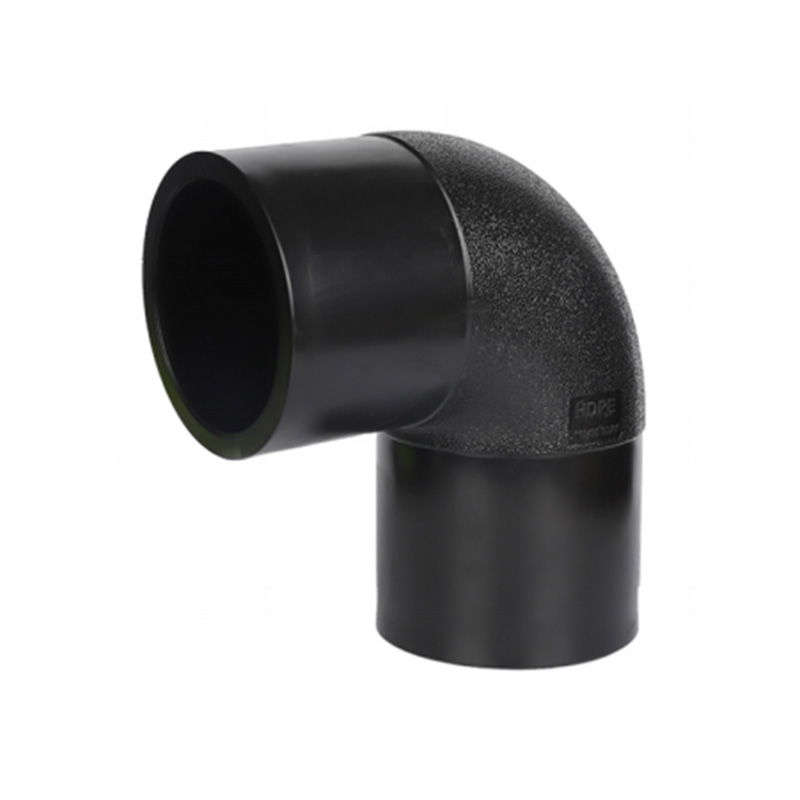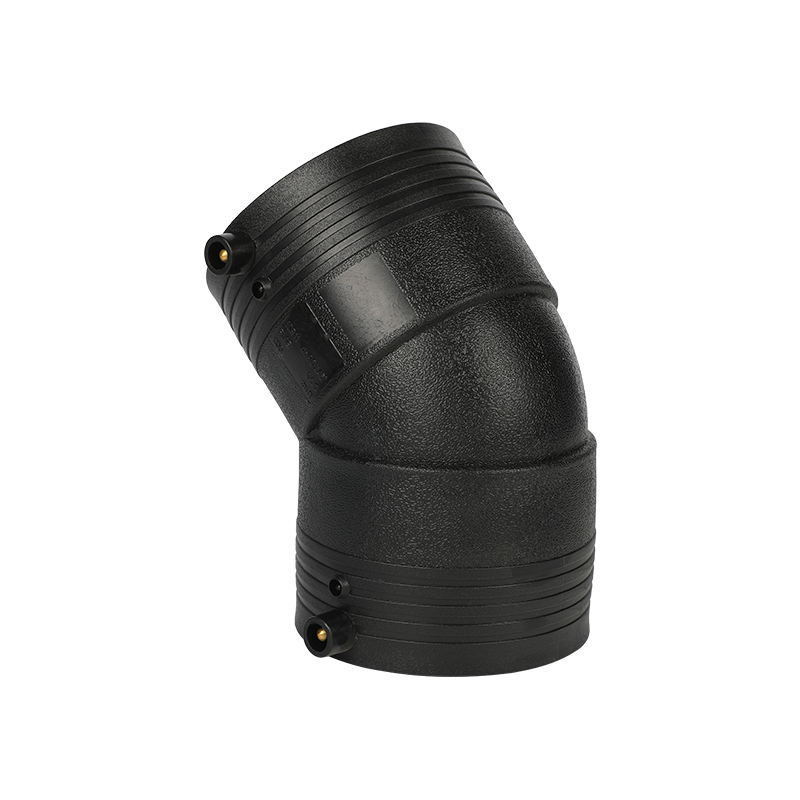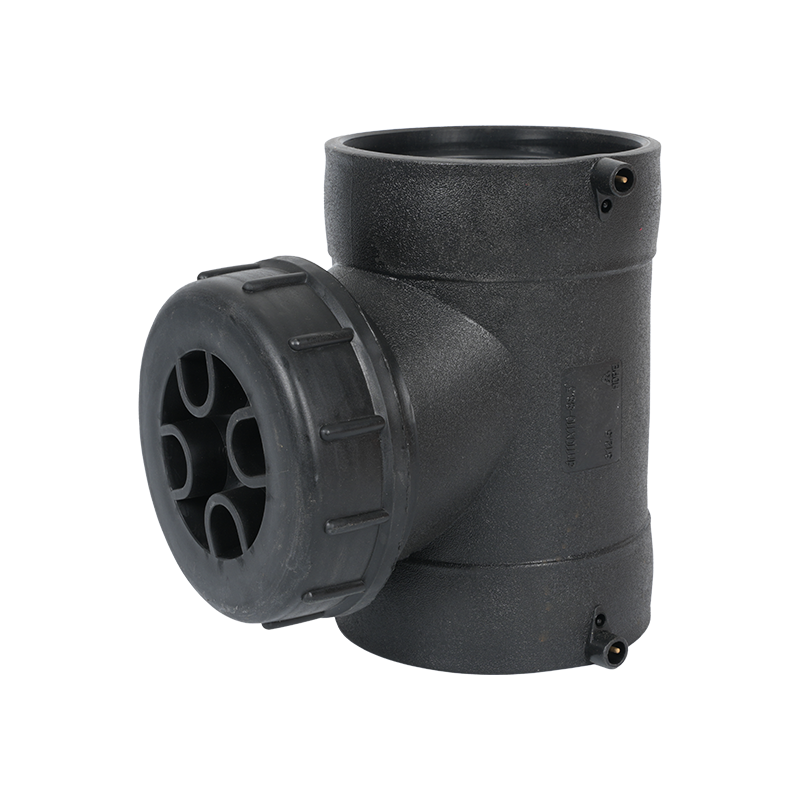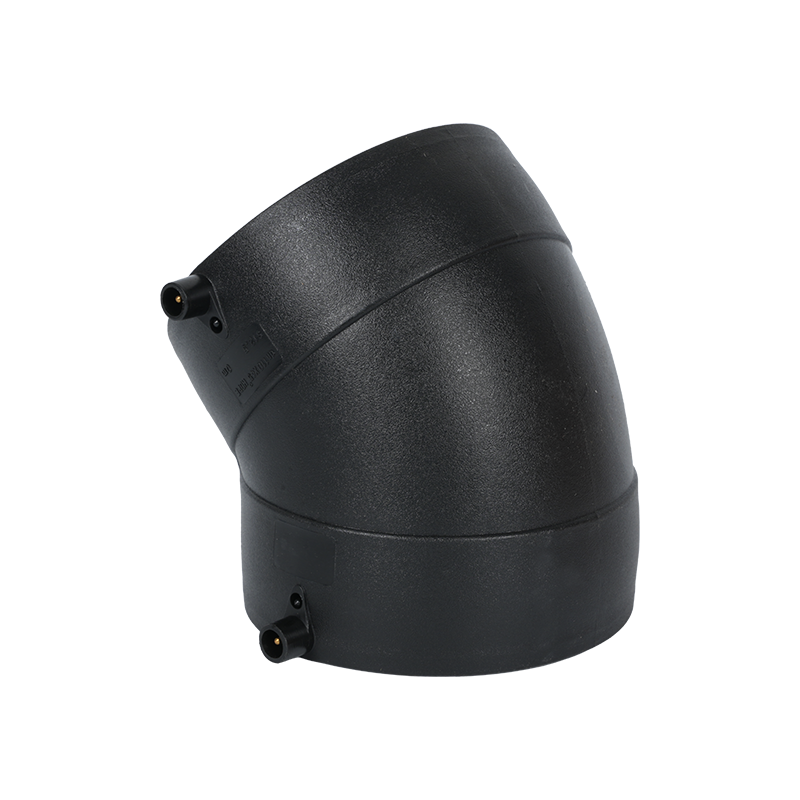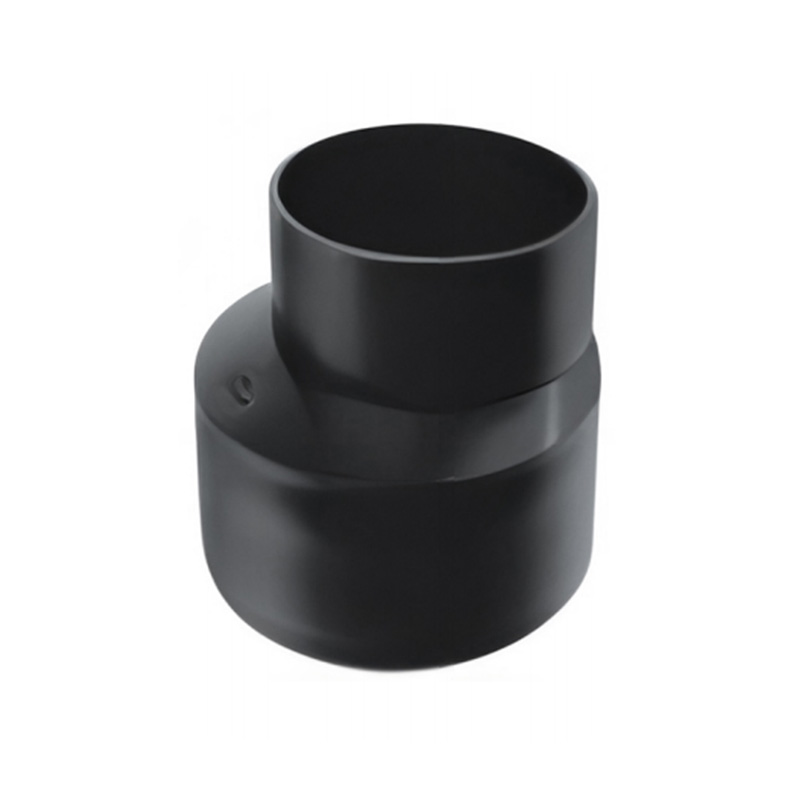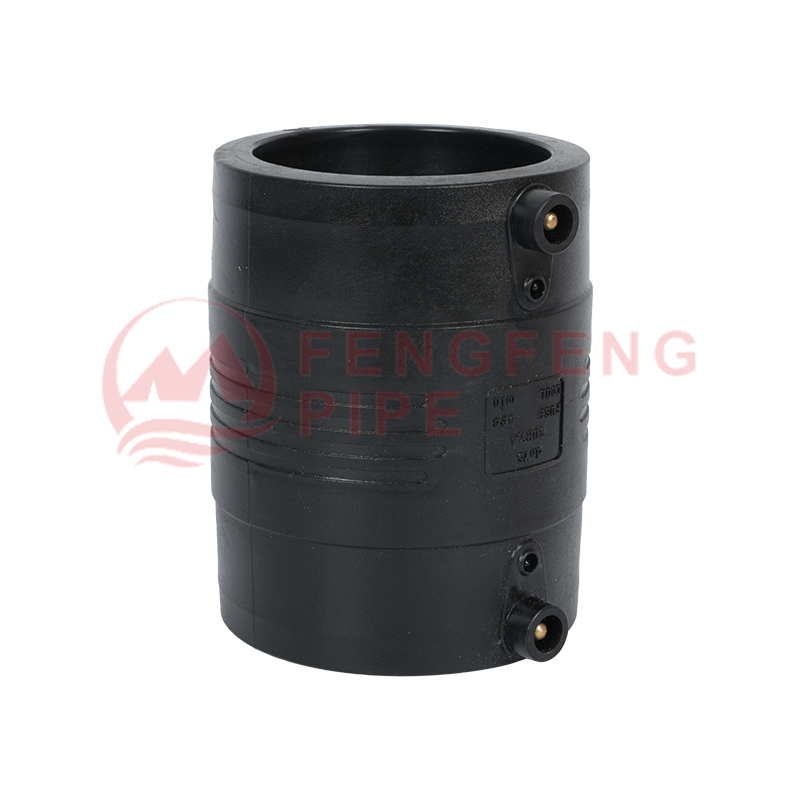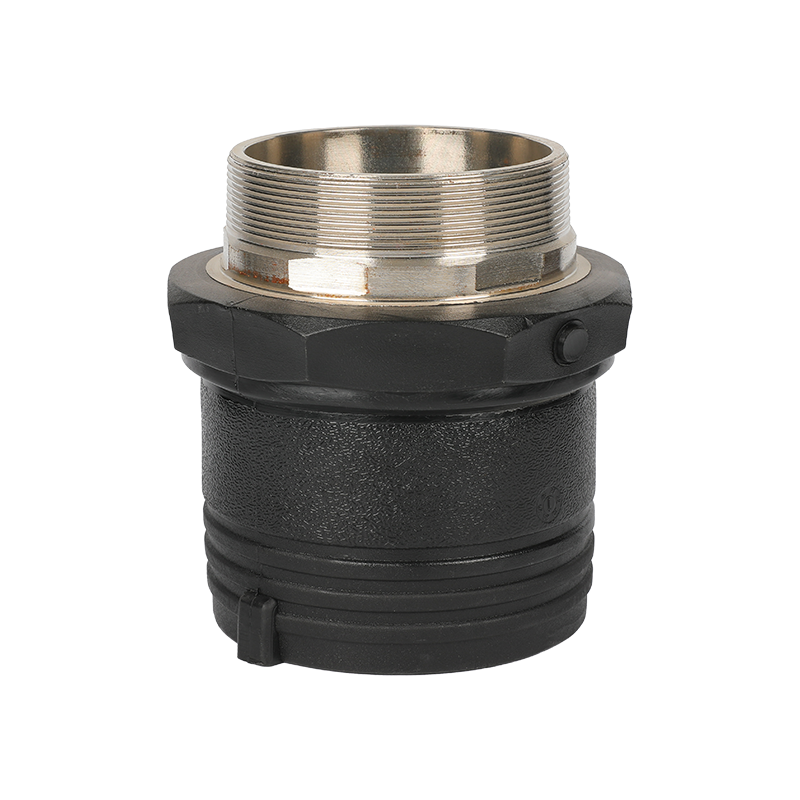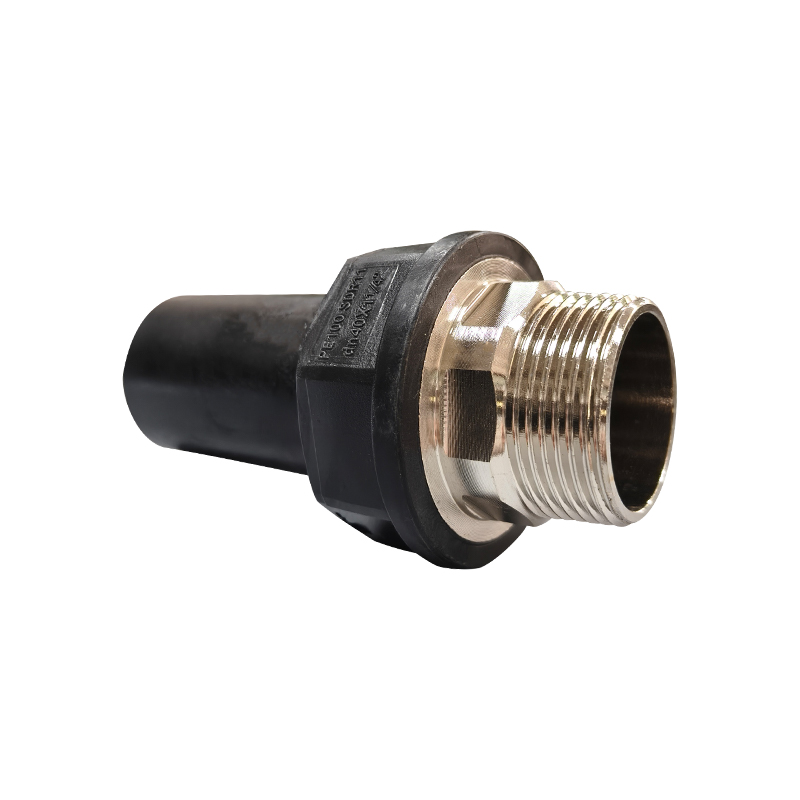How to deal with thermal expansion and contraction problems in HDPE siphon systems in high-rise buildings
 2025.07.21
2025.07.21
 Industry news
Industry news
Thermal expansion and contraction characteristics of HDPE materials
HDPE (high-density polyethylene) is a thermoplastic with obvious thermal expansion and contraction characteristics. The thermal expansion coefficient is generally 0.17~0.20 mm/m·℃. Temperature difference changes will cause large changes in the length of the pipeline, especially in high-rise buildings. When installing risers and long-distance horizontal main pipes, their linear expansion and contraction must be scientifically considered.
Under the alternating operating conditions of high temperature in summer and low temperature in winter, the pipes in the HDPE siphon system will expand or contract with the fluctuation of ambient temperature. If not handled properly, it will cause serious consequences such as pipe deformation, interface dislocation, system leakage or bracket instability.
Main manifestations of thermal expansion and contraction in high-rise buildings
The thermal expansion and contraction problems of HDPE siphon systems in high-rise buildings are mainly manifested in the following ways:
The riser is affected by the height of the floor, and the total length changes greatly, which is easy to cause axial displacement of the pipeline.
Under the condition of long-distance laying of the horizontal main pipe on the roof, the temperature difference between day and night or the temperature difference between outdoor and indoor is significant.
If the pipe fixing bracket is not arranged reasonably, it will cause stress concentration, interface tearing, and even system damage.
The hanger and sliding bracket are not used together, which restricts the free movement of the pipeline and forms stress accumulation points.
Stress release strategy for thermal expansion and contraction in siphon drainage system
The thermal expansion and contraction control of siphon system in high-rise buildings should be comprehensively dealt with by a variety of technical means:
Set up sliding bracket
In the layout of horizontal main pipes and vertical risers, sliding brackets should be set to allow the pipeline to move freely in the axial direction. Sliding brackets are generally arranged between fixed brackets. Stainless steel brackets or polyethylene sliding pads are recommended to reduce the friction coefficient. During installation, pay attention to the sliding direction must be consistent with the expansion direction of the pipeline to avoid jamming.
Reasonable layout of fixed brackets
The fixed bracket should be installed in a stable and rigid part of the structure, such as under the beam, on the wall, and on the side of the column. It is recommended to set up a fixed bracket every 3 to 5 floors in high-rise buildings. The main function of the fixed bracket is to determine the reference point of the pipeline to prevent overall slippage, but it does not prevent thermal expansion and contraction displacement.
Reserve expansion gap for pipelines
In the design of HDPE siphon system, appropriate expansion margin should be reserved according to the temperature difference conditions when connecting each section of the pipeline. Taking a 50-meter-long HDPE pipe as an example, if the temperature difference is 30℃, the linear expansion can reach 250~300mm. Designers need to reserve buffer space at the interface and electric fusion welding.
Add expansion ring or buffer bend
In the location where the pipeline turns, is long or the temperature difference changes frequently, an "expansion ring" or "U-shaped buffer bend" can be set. This structural form can effectively absorb the expansion and contraction of the pipeline caused by thermal expansion and contraction, avoid stress concentration on the straight section, and protect the stability of the system.
Select flexible connections or compensators
Flexible rubber joints or expansion compensators can be considered at special nodes of some high-rise buildings (such as through floor slabs and through wall openings). These components can buffer certain displacements and vibrations, but their frequency of use should be controlled to avoid affecting the negative pressure characteristics of the system.
Optimization of pipe shaft layout in high-rise buildings
The vertical shaft space in high-rise buildings is limited. When the HDPE siphon drainage system is arranged in the pipe shaft, the pipe diameter selection, bracket position, thermal insulation protection and other measures should be optimized.
The pipe should not be close to the wall, and there should be a certain amount of thermal expansion and movement space;
The vertical track slide can assist the riser to expand and contract freely;
It is recommended to set a soft connection or buffer joint at the bottom of the riser to avoid the overall pull-down of the system;
Pipe insulation can reduce the impact of the temperature difference between day and night, and reduce the frequency and degree of expansion and contraction.
Thermal expansion and contraction control measures in engineering cases
The rainwater siphon system on the roof of a high-rise commercial complex uses HDPE pipes, with a maximum horizontal pipe section length of 60 meters. Multi-point sliding brackets are set, and U-shaped thermal expansion rings are designed in the middle section. After simulation and on-site debugging, the system runs continuously and stably under an ambient temperature difference of ±35℃, without interface dislocation or bracket falling off, fully verifying the effectiveness of the thermal expansion and contraction treatment strategy.
Precautions during installation and construction
The installation temperature record is an important reference data, which is used to determine the reserved expansion space during welding;
All brackets should be installed firmly, anti-corrosion treatment should be in place, and the sliding/fixed type should be marked;
After welding, it is not advisable to forcefully push or pull the pipeline to avoid damaging the weld layer;
After the pipeline is installed, the system ventilation and negative pressure test should be carried out to observe whether thermal expansion and contraction have an impact on the system sealing.
KEEP IN TOUCH


